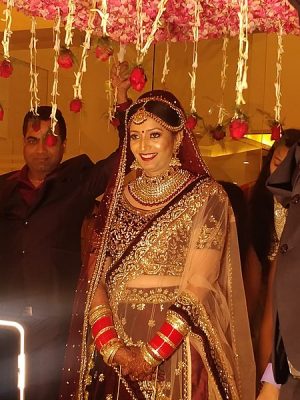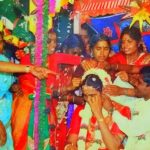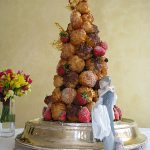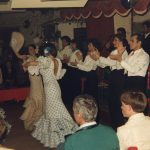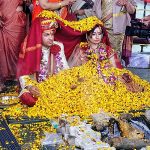One of the best ways to experience the diversity of India is by attending weddings in various communities. If you’re ever invited to an Agarwal community wedding, this article will help you understand their customs, traditions, and ceremony.
Although generally considered orthodox and tradition-bound, the Agarwal community celebrates its weddings with a lot of flairs.
Background
If you’re not aware, communities in India are divided based on their caste. In modern times, this practice has still maintained its sway over society. Although progress has been made towards social equality, a lot of marriages still happen with caste as an important factor.
Agarwals belong to the business class community known as ‘baniyas’. They are natives of North India and states like Delhi, Punjab, etc. The Agarwal community is prosperous in the fields of business, agriculture, education, and politics.
If you’re wondering how to tell who belongs to the community, some common last names are Gupta, Jindal, Mittal, etc.
Roka or Formal Engagement
The Roka ceremony is meant to be a symbol of the two families coming together. The word ‘Roka’ can be literally translated as ‘to stop’. Therefore, the ceremony is a way to show that the search for a life partner has come to an end.
During the ritual, the father of the bride or the eldest male member of her family puts a ‘tilak’ on the groom’s forehead. A ‘tilak’ is basically a blessing placed on someone’s forehead with either turmeric or vermillion.
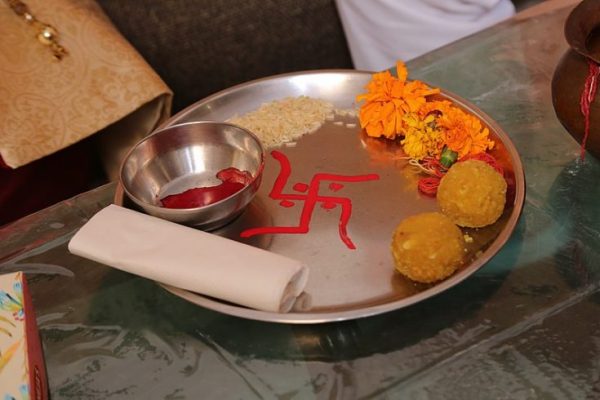
This gesture towards the groom means that the bride’s family has accepted him. The families then exchange gifts and sweets.
Godh Bharai
This ceremony is usually held at a special venue before the wedding day. The name translates to ‘filling the lap’. As such, the groom’s family is meant to bring gifts of jewelry, clothes, sweets, and other items.
All these items are placed on the lap of the bride who’s the center of attention for the function. Another important gift during this ceremony is dolls decorated by the groom’s family. The doll is a symbol of the bride becoming a mother.
All these gifts are meant to be a symbol of matrimonial harmony and are considered lucky.
Sangeet
The word ‘sangeet’ means music or song. Traditionally, this event was reserved for the ladies of the family. But nowadays, it has become an event that all members of the family can participate in.
In the past, the event would be led by the elder women of the family. However, if you attend a sangeet now, it’s a completely different vibe.
A modern sangeet is an event that has dance performances by family members. Some families even hire choreographers specifically to have dance numbers they can perform together at the sangeet.
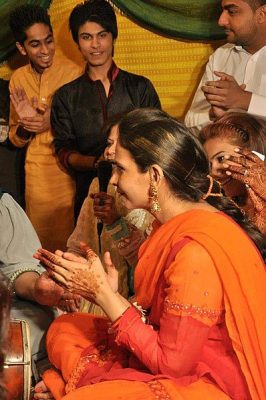
Bhaat
This is a very important tradition in Agarwal family weddings. The maternal uncle of the bride is the focus of this ritual. It is customary for the uncle of the bride to shower his niece with gifts before her wedding.
A few days before the wedding, the mother of the bride heads to her brother’s home and formally invites him for Bhaat. The word translates directly to ‘rice’ but here it refers to a simple meal of rice and lentils.
After accepting the invitation, the uncle brings gifts for the bride and her entire family to their house. They are all welcomed inside the house with a small ritual. The bride is then seated on a stool in the middle of her family. She is then adorned with jewelry and other gifts presented to her by her uncle’s family.
Kanyadaan
Kanyadaan means letting go of your daughter. This ritual is performed by the father of the bride in front of all the guests at the wedding. It is a symbol of the father passing on the responsibility of his daughter to her life partner.
A silver or gold coin is placed in the bride’s palms which are then held together by her father. He then places them in the hands of the groom. The priest will recite prayers from the Vedas while this happens and pours holy water over their clasped hands.
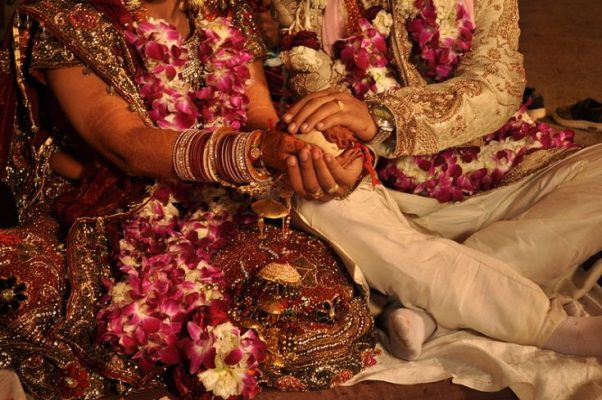
As a way to ensure that he is making the right decision for his daughter, the bride’s father asks for 3 promises from the groom. The first one is living a righteous life together, the second is to earn enough to live comfortably and the third is to be loyal and loving forever.
The groom then repeats this promise 3 times to the bride and her family. And thus, the father lets go of his daughter and blesses her as she starts a new chapter in her life.
Vachan
After the Kanyadaan is completed, the next ritual is the vows or vachan ceremony between the bride and the groom.
The bride is seated on the right-hand side of the groom at the beginning. She then asks her soon-to-be husband for seven vachans or vows which he is expected to agree to. The vows are all related to building a healthy relationship together with communication, love, and trust in the marriage.
Once the groom has agreed to all the vows, it’s time for the bride to do the same. Once she also agrees, the bride then moves to sit on the left side of the groom. This move is a symbol that from this day forth, the bride is as important as the groom’s heart, which is also on the left side of his body.
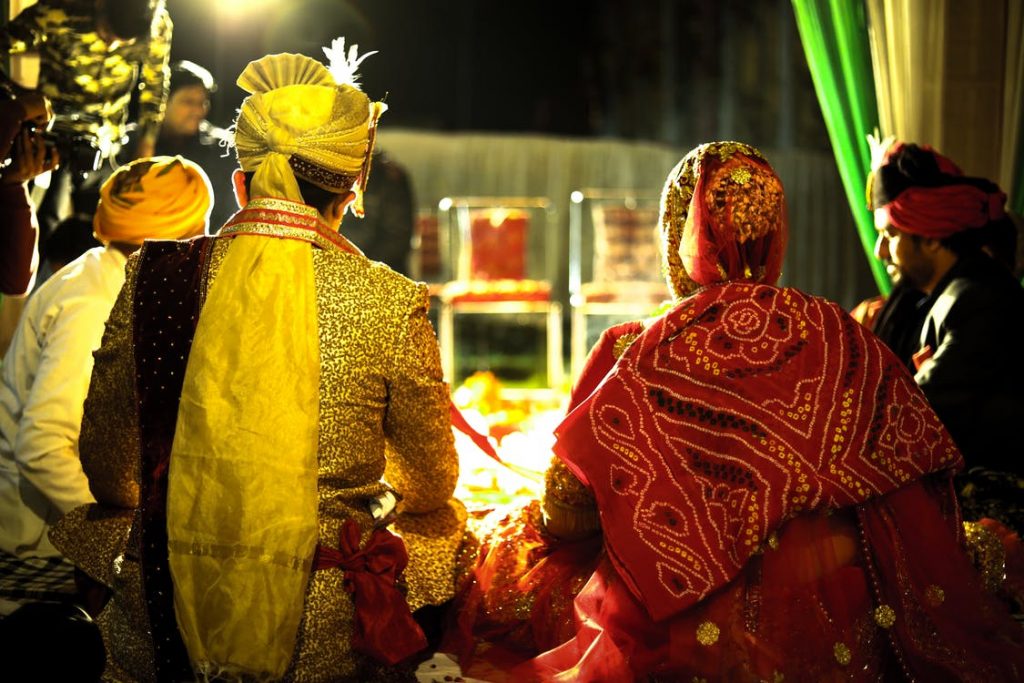
Gath Bandhan and Mangal Pheras
The wedding is performed in front of the sacred fire on an altar. The bride’s veil is tied to the groom’s waist as a representation of their new matrimonial bond.
The couple then takes seven circles of the fire while repeating their wedding vows as a priest chants mantras of blessing. Once the pheras or circles are completed, the groom applies vermilion powder on the bride’s forehead. He also ties the sacred thread called ‘mangal sutra’ around her neck.
This concludes the wedding rituals and the party is then moved to the location of the wedding reception.




